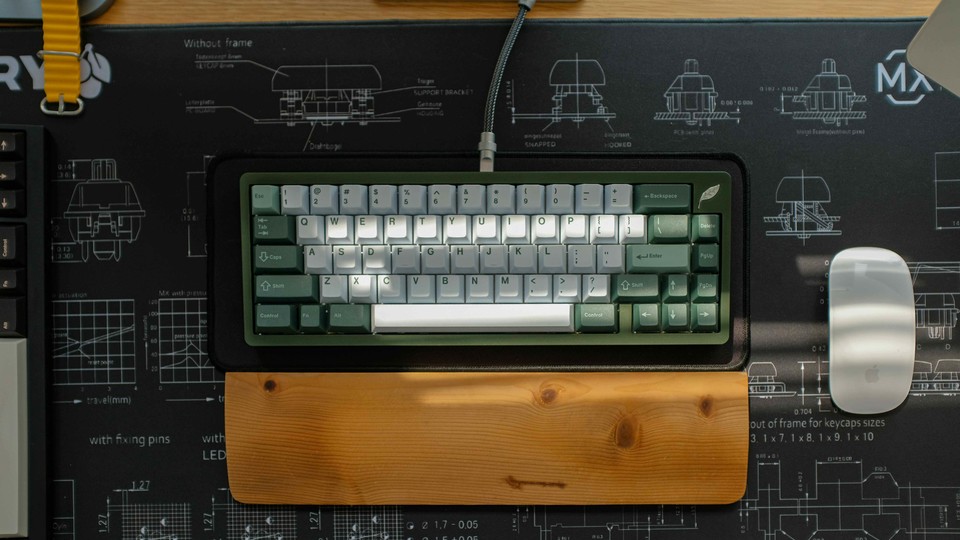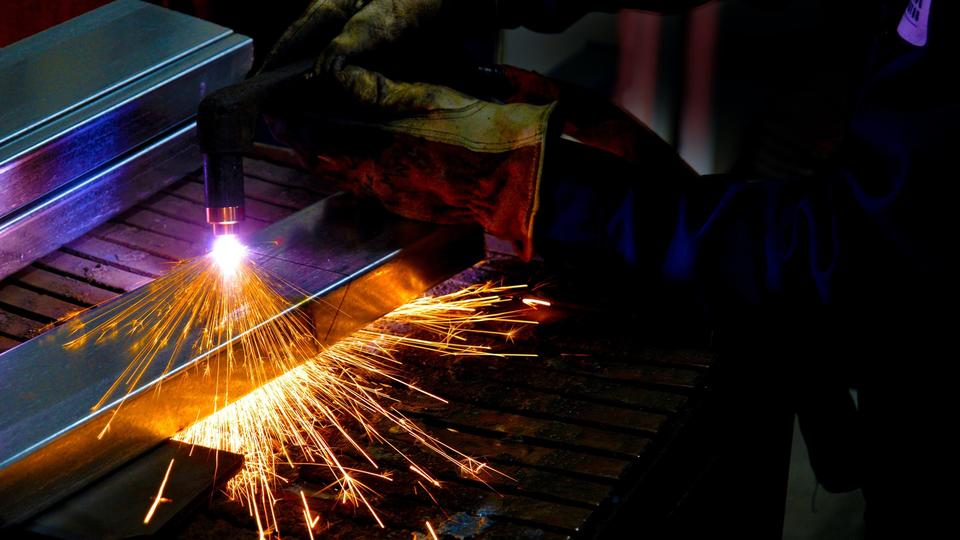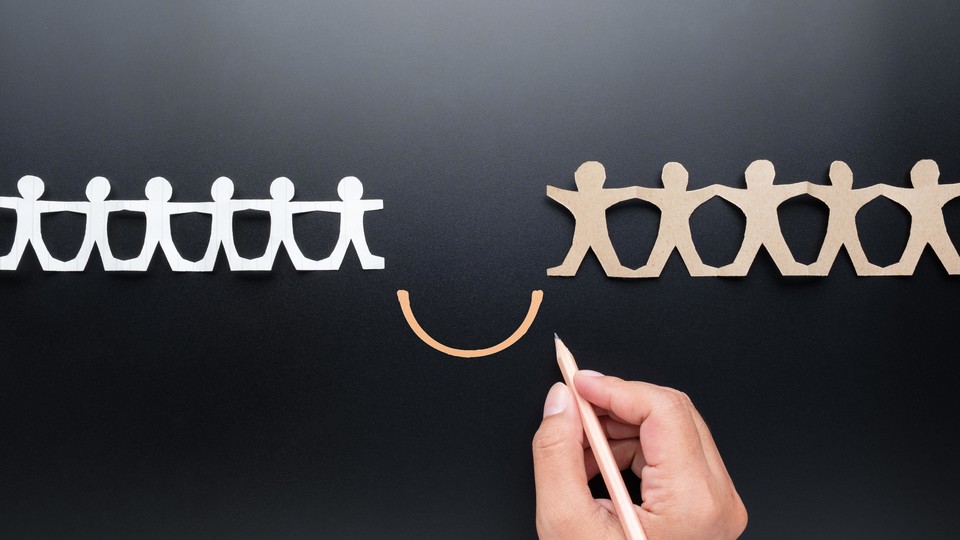
Creative Work Needs More Autonomy, Not More Perks
Creativity isn’t fueled by snacks or sleep pods, but by freedom, purpose, and a culture that supports risk-taking.
Based on research by Jing Zhou, Dong Liu, Kaifeng Jiang, Christina E. Shalley and Sejin Keem.
Fanning individual imaginations... is more than a romantic whim for firms that can afford to offer free sushi. It’s an ongoing strategy to keep the company’s lights on.
Key findings:
- Workplace creativity requires employee imagination, a receptive environment and a level of selflessness.
- Some creative traits, such as curiosity and an openness to possibility, are largely intrinsic and can’t really be imposed by outsiders.
- Innate creativity alone won’t foster innovation. Workers need a welcoming environment where they’re encouraged to create for the common good.
Walk into Facebook's New York City offices and you’ll see what a 21st century creative culture looks like. There’s the complimentary coffee and snack bar. There’s free sushi and room to sleep. There are nooks where workers tap on their keyboards in solitude, and couches where others chatter animatedly in groups. The whole complex is designed to offer the warmth of a home away from home, if your house happens to be tidy, stocked with brain food and full of pleasant spaces to optimize productivity.
Facebook, Google and similar companies all know that creativity is critical to beating the competition. But what exactly makes imaginations at work come alive? Is it enough to hire the most brilliant workers? Does it matter if the workers toil in a cubicle or a café? What about attitude?
Rice Business professor Jing Zhou recently joined up with colleagues Dong Liu, Christina E. Shalley and Sejin Keem of Georgia Tech and Kaifeng Jiang of Notre Dame to study the true source of workplace creativity.
To reach their conclusions, they combed through the psychological literature on creativity, looking at 191 independent samples covering some 52,000 people in primary studies.
One of the most important mechanisms of creativity, the scholars knew from past research, is motivation. The more motivated workers are, the more likely they will be creative. Intrinsically motivated workers delve into their work more deeply, work harder to find facts, grasp the elements of a problem more firmly and hatch inventive solutions.
One of the best ways to encourage this drive, Zhou and her colleagues found, is to give workers more autonomy. A cascade of studies now shows that employees who feel less constrained by rules and restrictions have more self-motivation.
Yet motivation alone isn’t enough. This is because the creative process is not, contrary to romantic notion, a burst of inspiration ignited like ether. It’s instead a dense sequence of trial and error, fueled by incessant learning. By their nature, Zhou and her colleagues write, creative people challenge established norms. In workplaces that frown on such challenge, creative employees sense their gifts are a risk, not an asset. Environments like the ones so carefully curated at Facebook signal that rethinking norms is welcome.
Along with talent and a welcoming environment, Jing and her team found, workplace creativity demands selflessness. To use their creativity well, employees need to be pro-social. That is, they need to value a goal beyond self-interest. Appreciation of the common good is the fuel that turns one person’s creativity into a force that’s transformative.
Powering creativity, in other words, is not just a matter of finding the sparkiest resume. Neither is it exclusively about offering conversation nooks, caffeine and artisanal snacks (though those can’t hurt). Instead, Zhou and her colleagues argue, it’s about assembling force multipliers that find each person’s spark, protect it, and encourage it to light up the communal culture. Fanning individual imaginations, Facebook and other innovators know, is more than a romantic whim for firms that can afford to offer free sushi. It’s an ongoing strategy to keep the company’s lights on.
Jing Zhou is the Mary Gibbs Jones Professor of Management and Psychology in Organizational Behavior at the Jones Graduate School of Business of Rice University.
To learn more, please see: Liu, D., Jiang, K., Shalley, C. E., Keem, S., & Zhou, J. (2016). "Motivational mechanisms of employee creativity: A meta-analytic examination and theoretical extension of the creativity literature." Organizational Behavior and Human Decision Processes 137: 236-263.
Never Miss A Story


